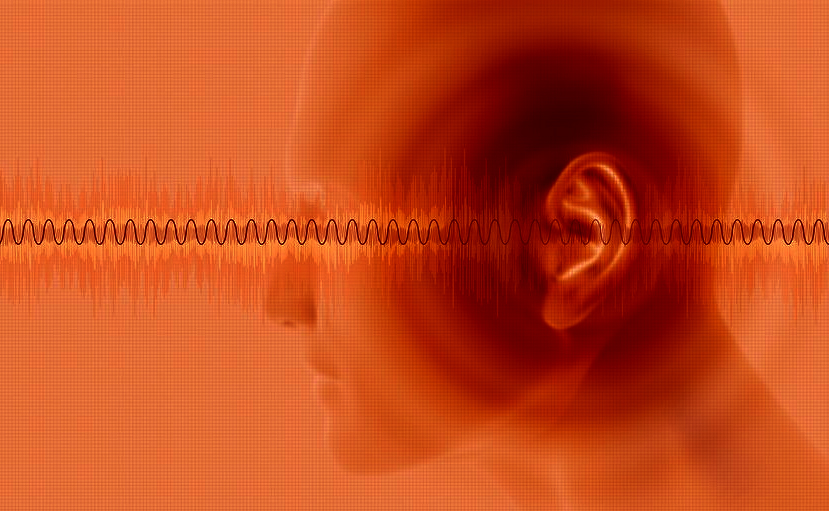
Forward & Back
The second tool is changing the low-pass frequency of my reverb returns while also varying the pre-delay. Acoustically in most environments, air resistance over distance tends to absorb more of the higher frequencies. Therefore in nature, when we hear reverberant reflections of distant sounds, the reflections have less high frequency content than the reverberations from closer sources.
When I build my mix, I like to hear the lead vocals and some lead instruments closer to the listener, with the drums and percussion sounding farther away, and rhythm instruments and backing vocals occupying the space between. I achieve this effect by using a low-pass filter on the drum reverb returns.
I start with a stereo plate decay time around 2.5 seconds, low passed around 6 kHz. The vocal plate, with a decay time of 2.3 seconds, is low passed around 12 kHz. The rhythm instruments and backing vocals sit somewhere between those values.
Choosing brighter or darker reverbs allows me to move an instrument forward or back in the mix. The variation in pre-delay values simulates the distance from a sound source to the first large reflective surface, such as the distance from the drum kit to the ceiling and walls of a hall. Longer pre-delays on the drum reverb help reinforce the distance effect caused by the difference in reverb low pass. My pre-delay values range from 5 to 10 milliseconds (ms) for near sources and from 40 to 60 ms for far sources.
Going Wider
My final tools are the subtle (and sometimes not-so-subtle!) psychoacoustic effects that serve to artificially widen single instruments, sections or even the whole mix. These represent the “special sauce” which can make a mix exciting and bigger than life, but they must be used with discretion, or the recipe ends up muddied and ruined.
There are hundreds of different hardware and software effects capable of manipulating perception of time and direction from the original source. I love putting vocal doublers on both vocals and horns. These are usually two or more pitch shifters (+/- 5 cents), followed by a very short delay (5 to 25 ms), panned hard left and right. This adds width to the original source in three dimensions: location, time and pitch.
Mono keyboards can benefit from using short delays, with different delay times for left and right, to impart an artificial sense of stereo to a mono source. Delay times of less than 40 ms work well here.
Adding motion to a delayed or reverberated source can also sound exciting. Ping pong panning or even a simulated rotating speaker effect can work well to create movement around the delayed source.
This just scratches the surface of what’s possible. When used sparingly, these techniques result in another dimension of creativity to explore in my mixes as well as a wider and deeper spatial experience for the listener.
